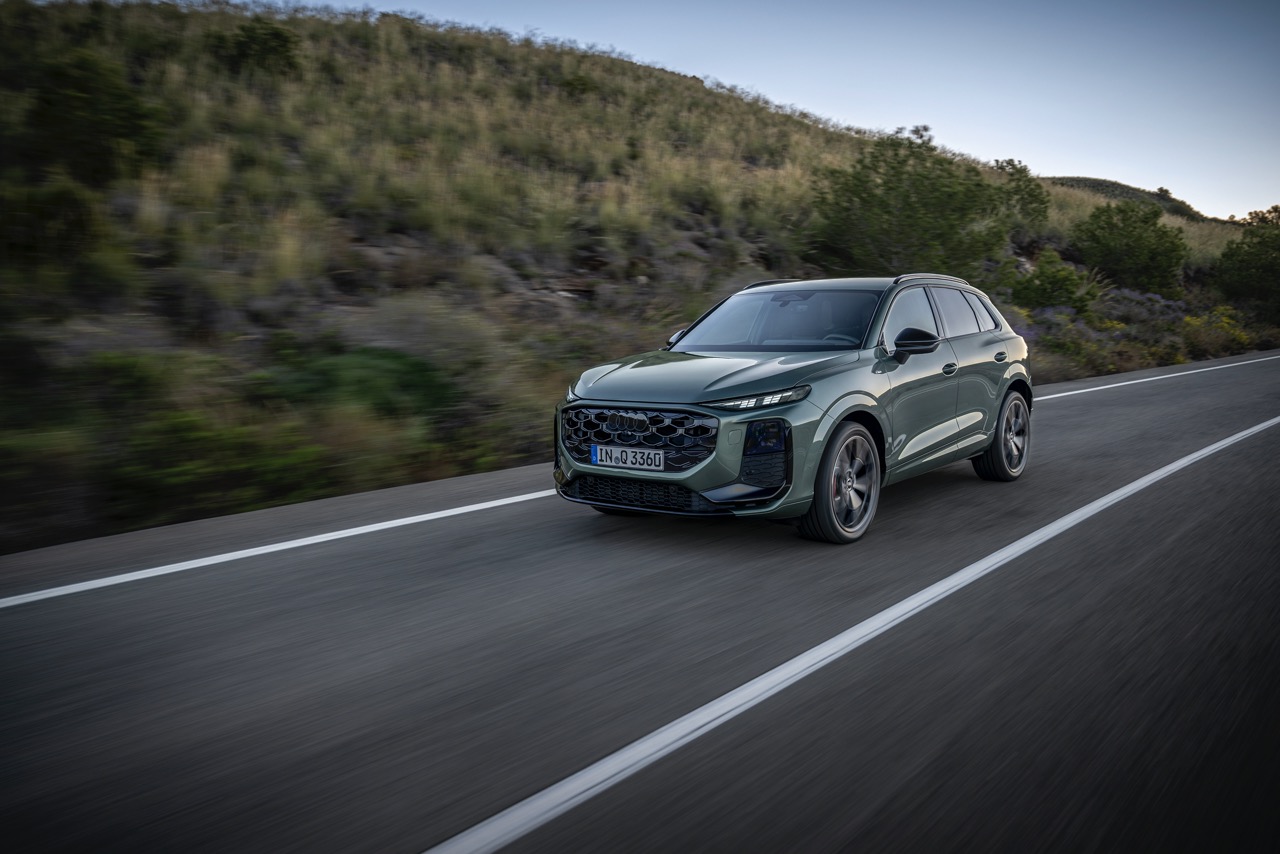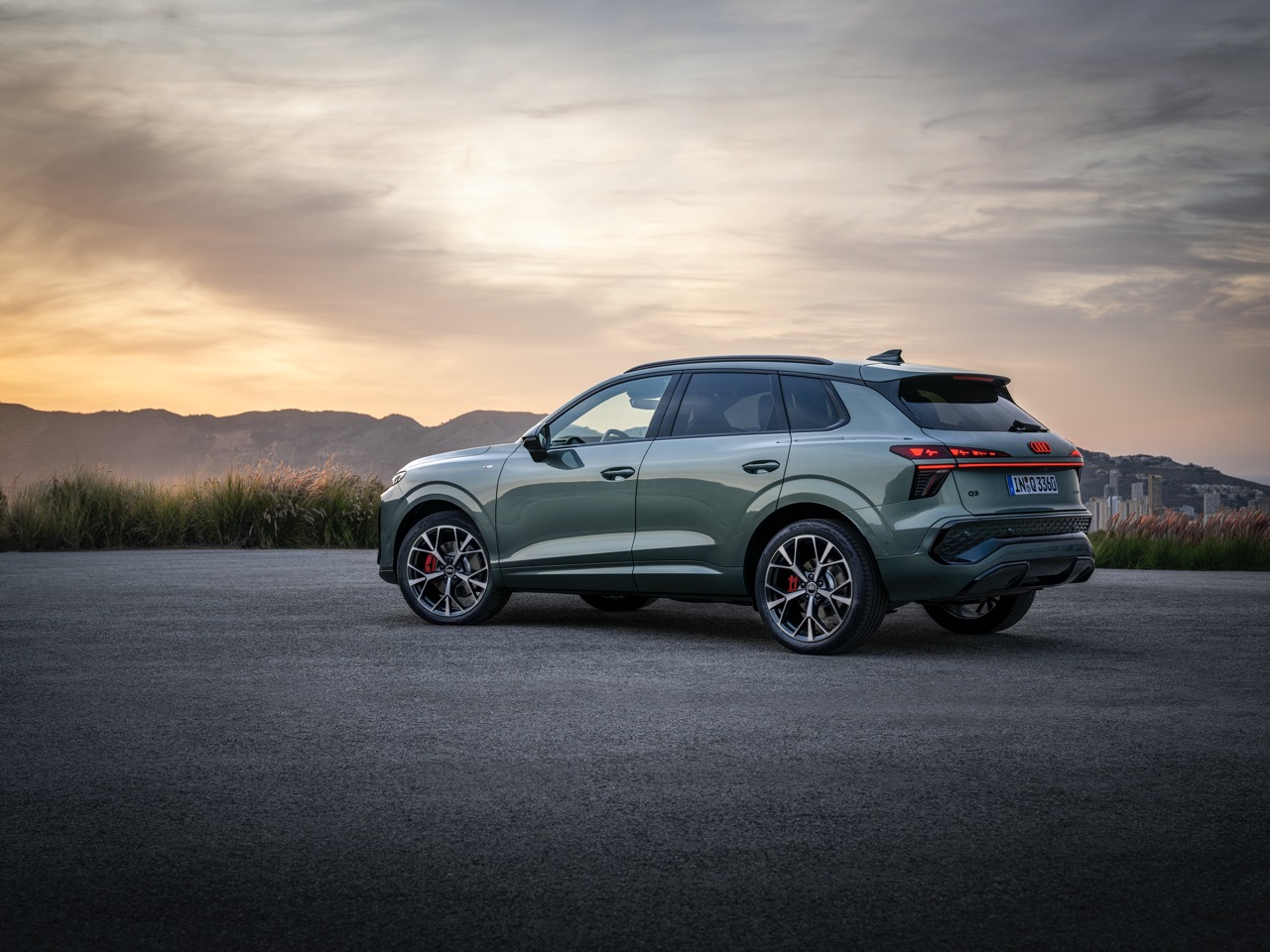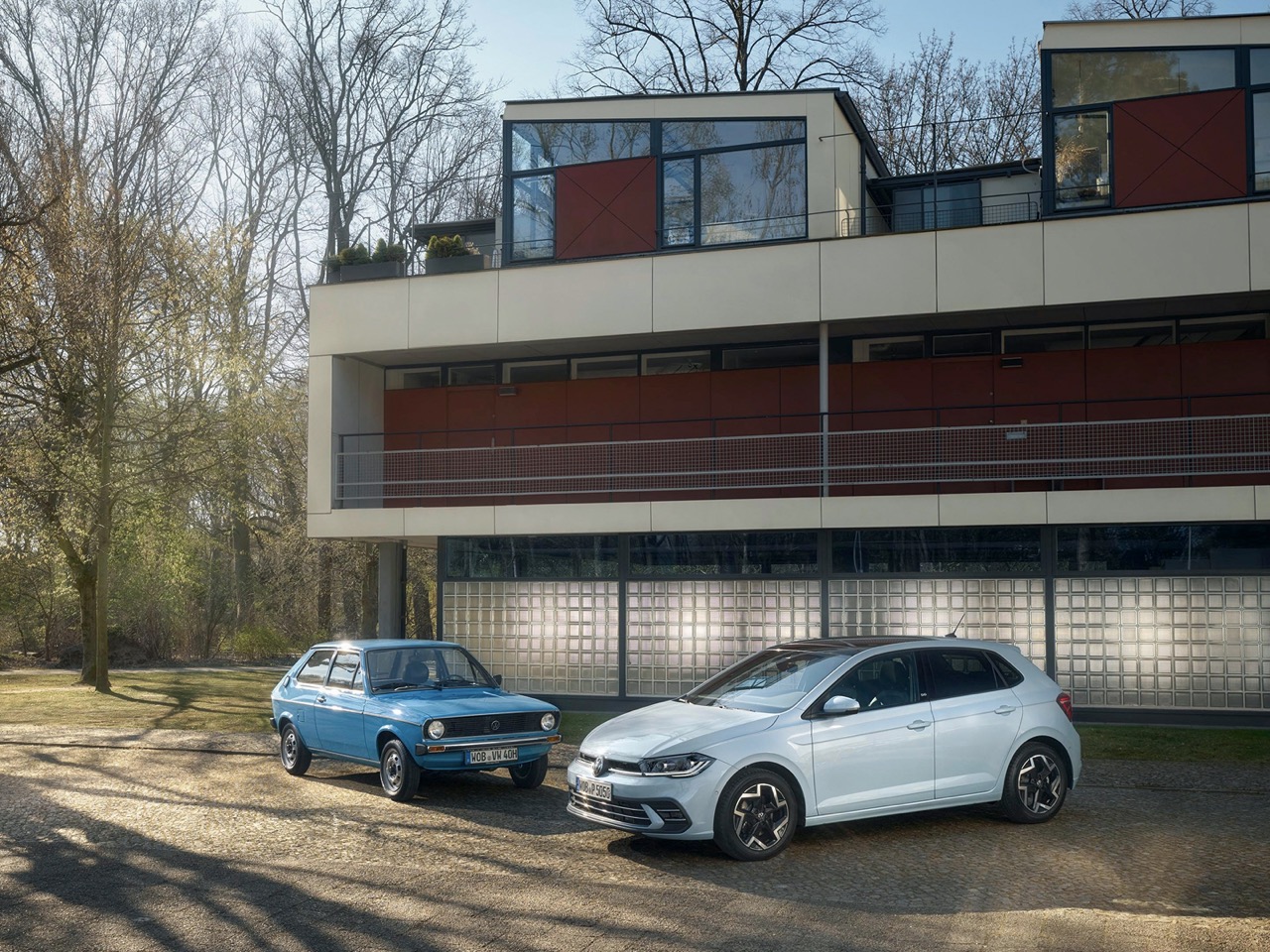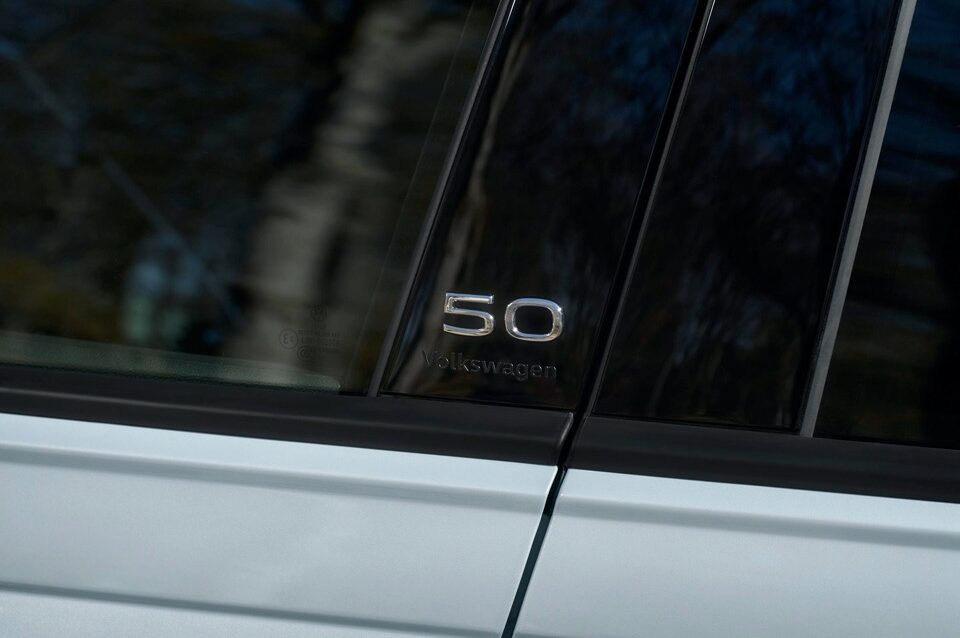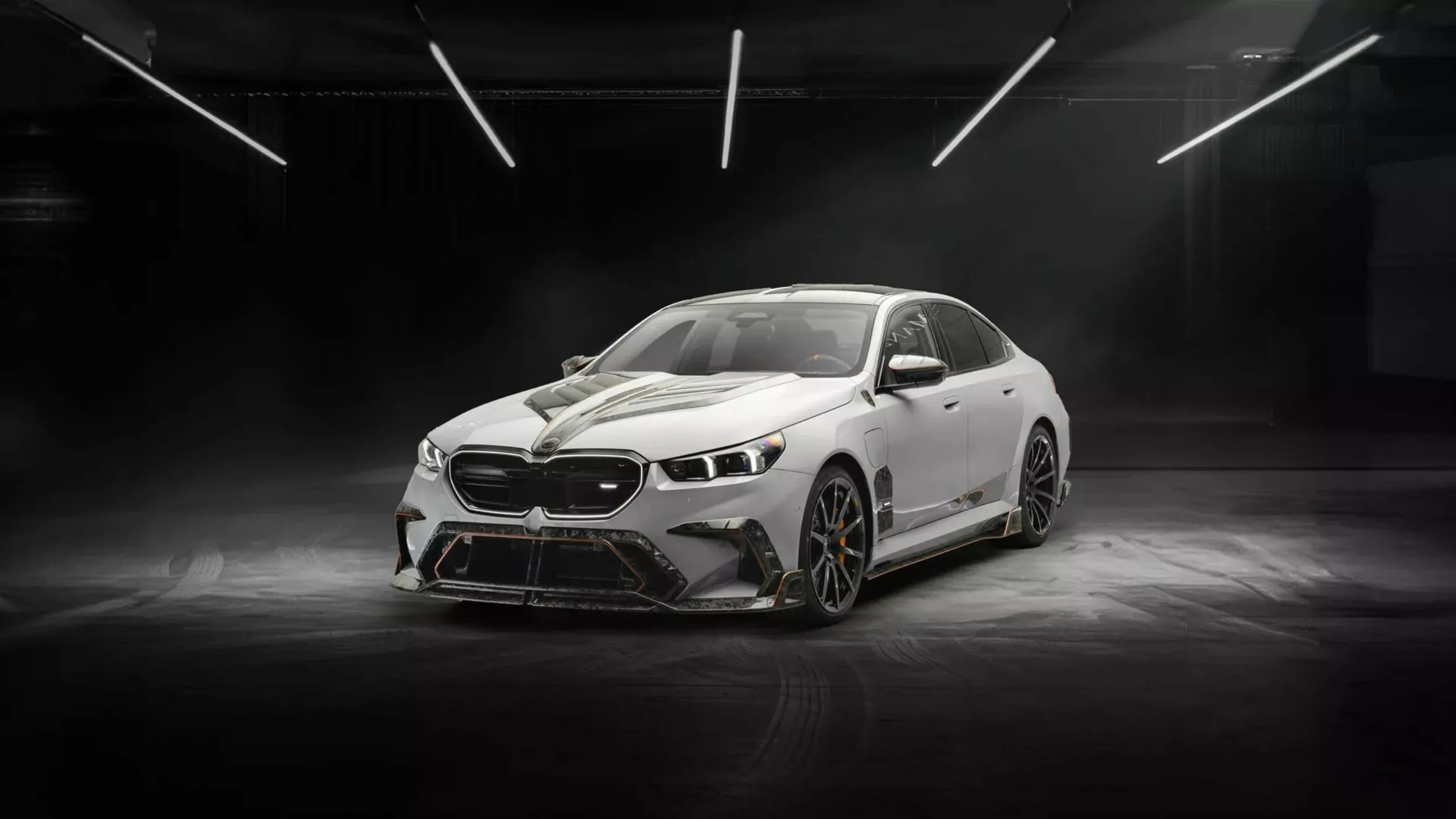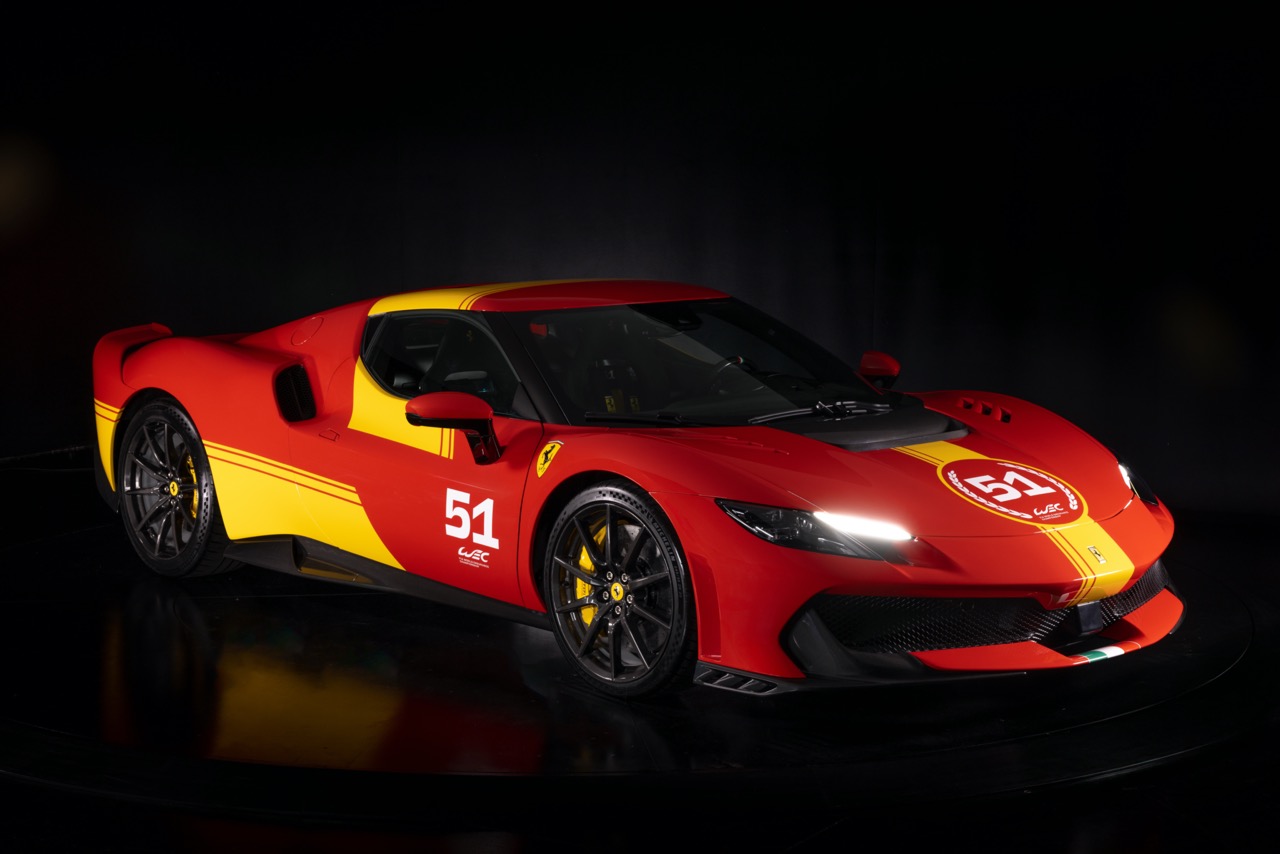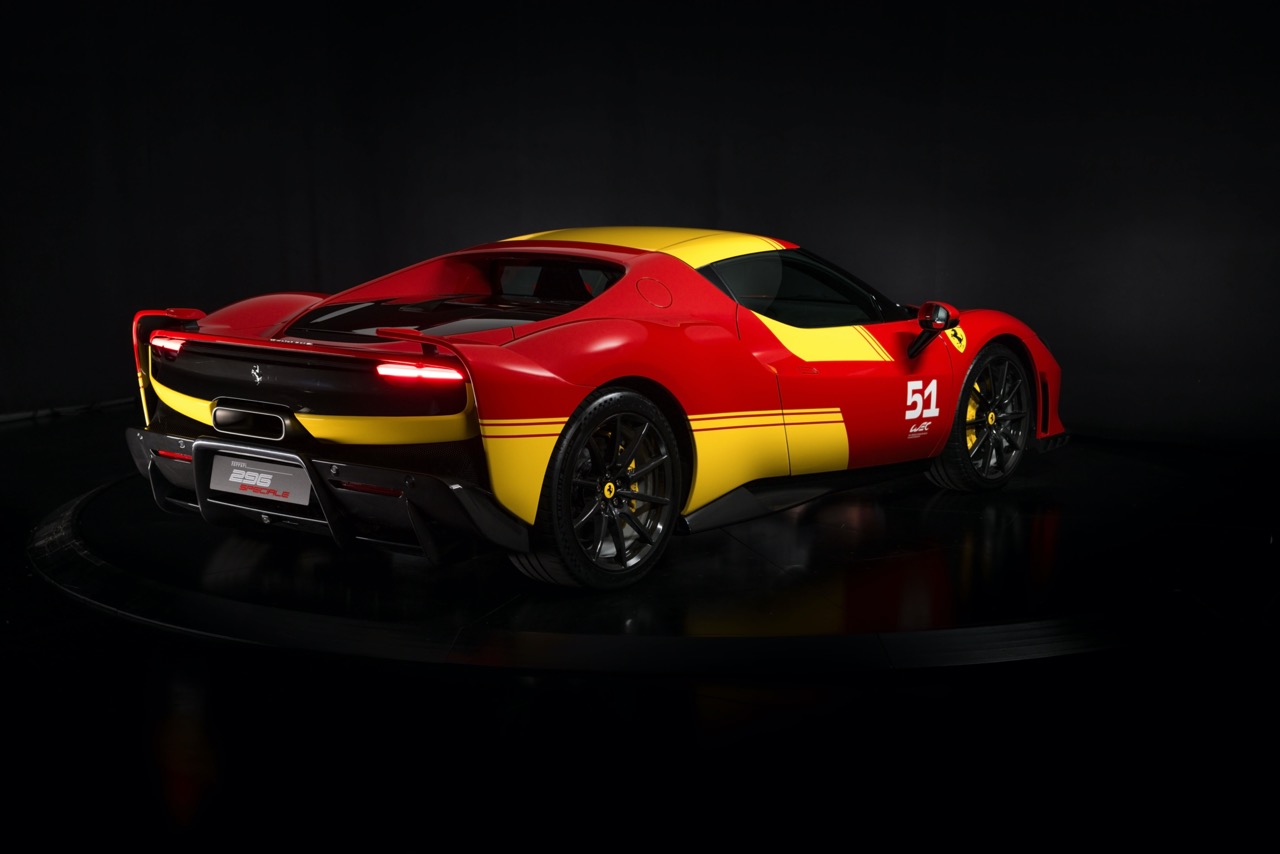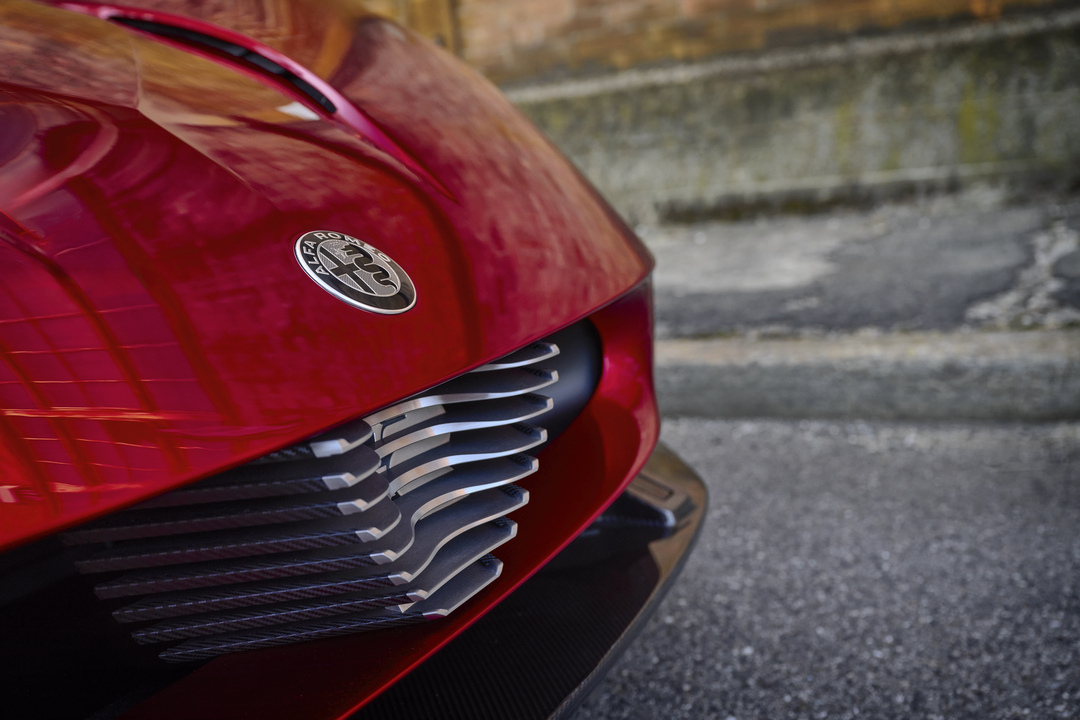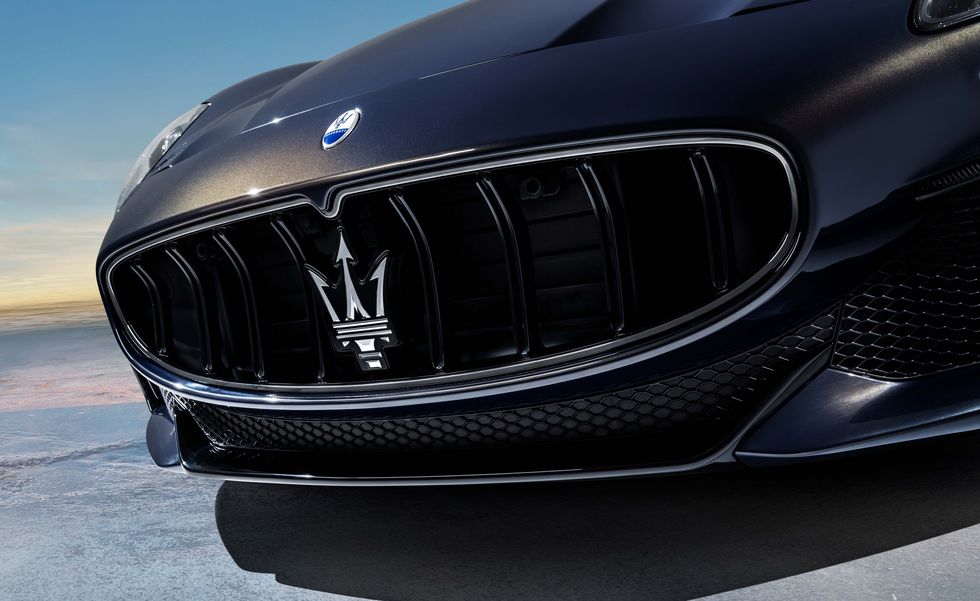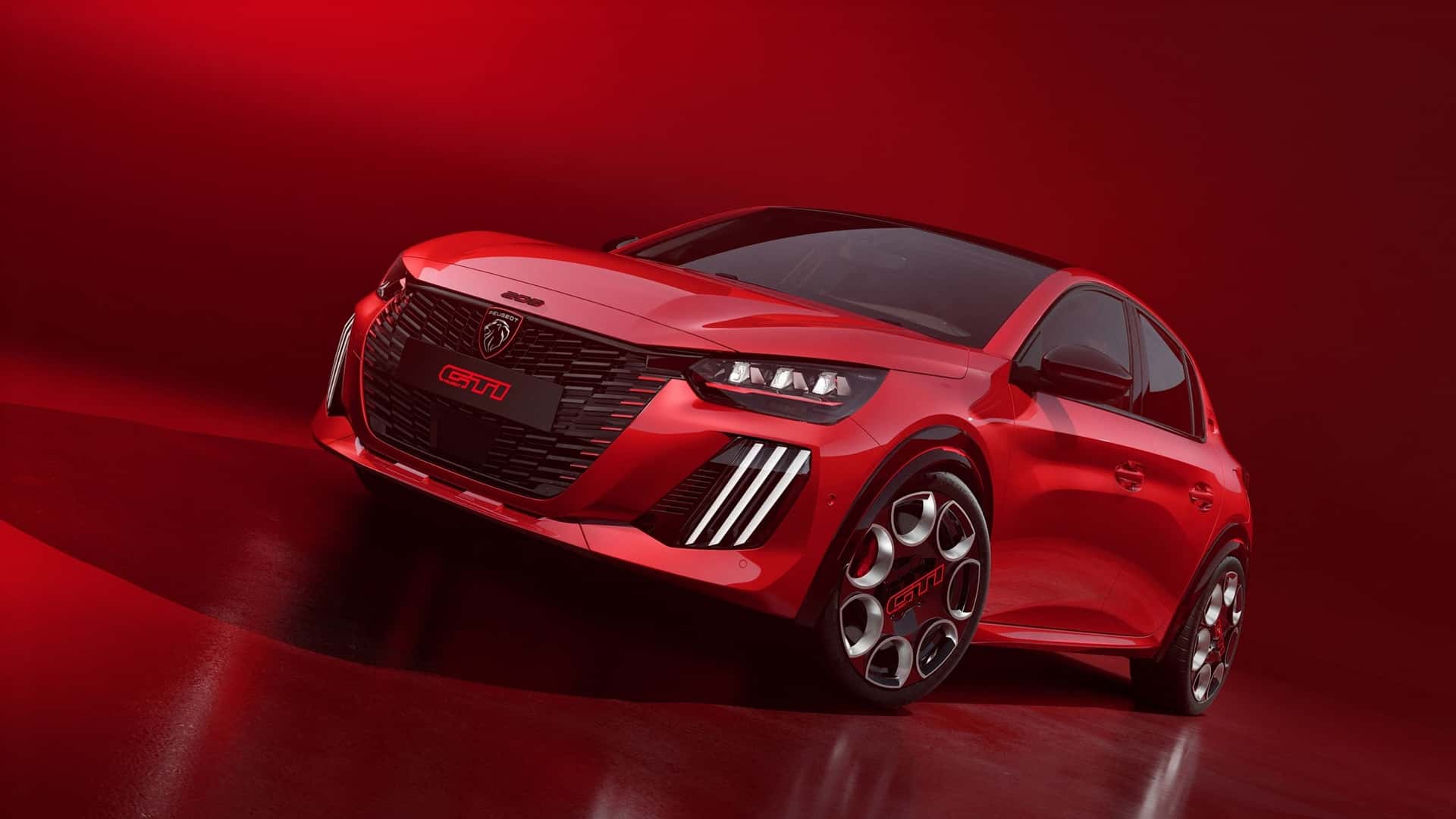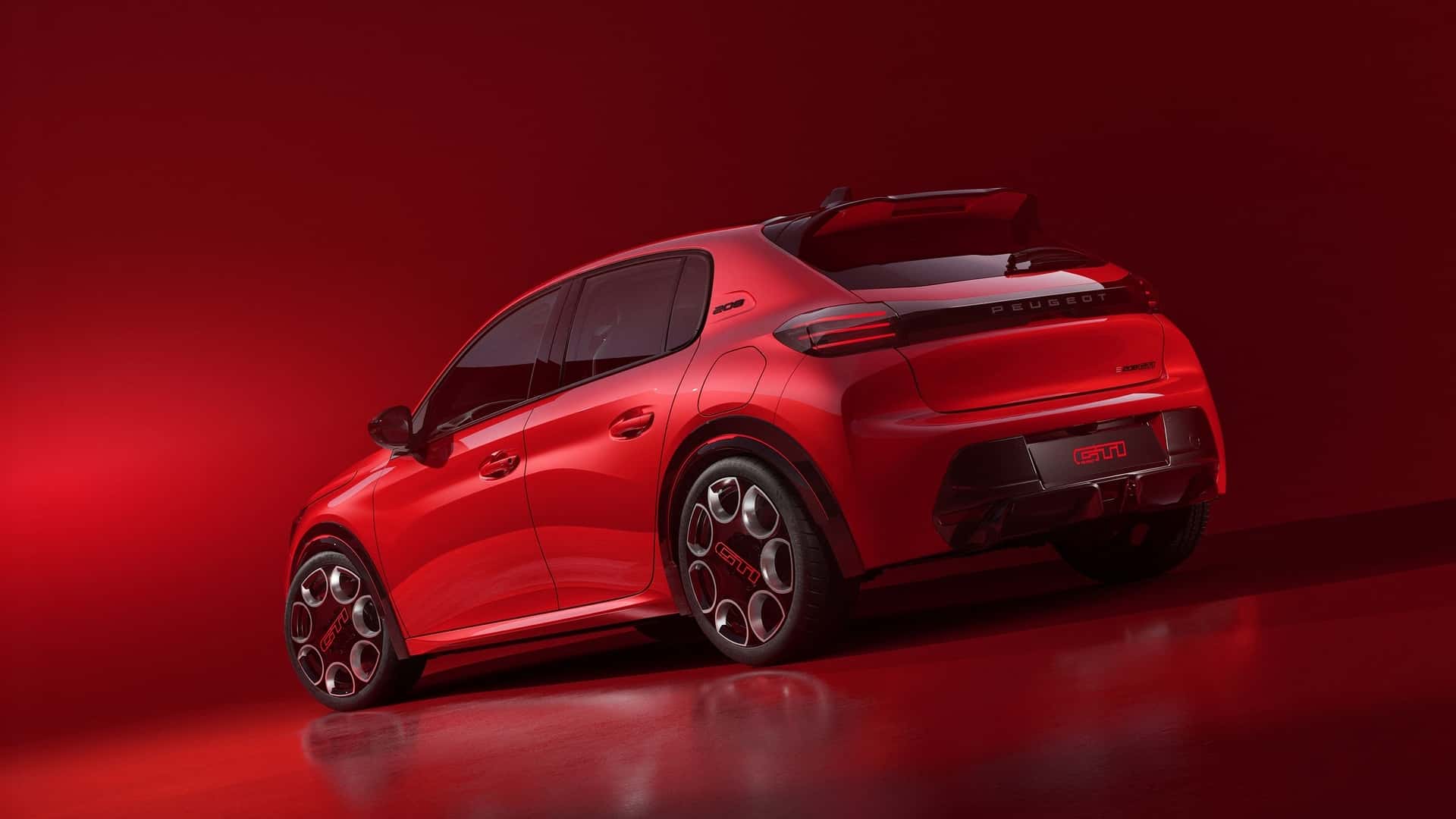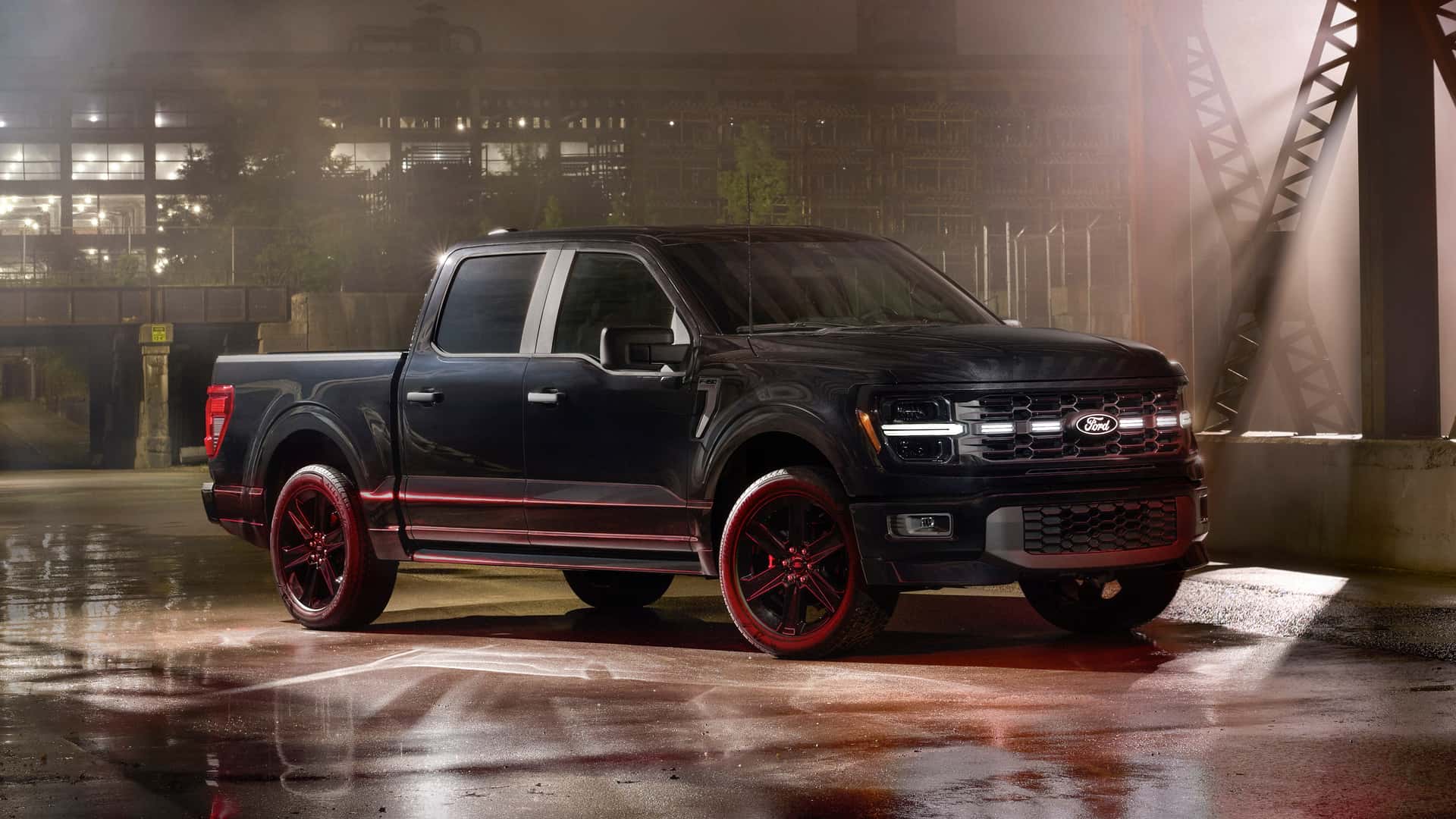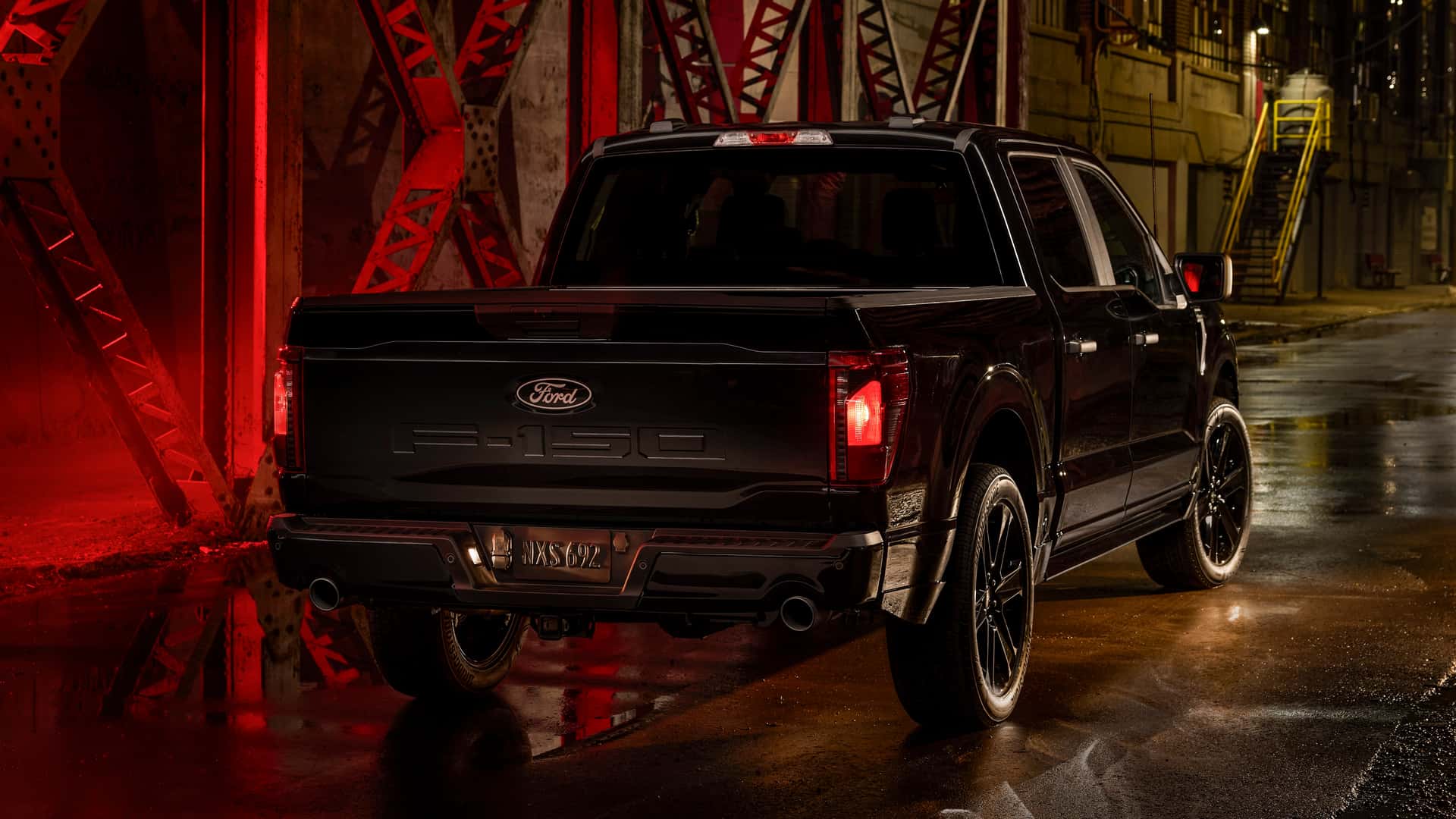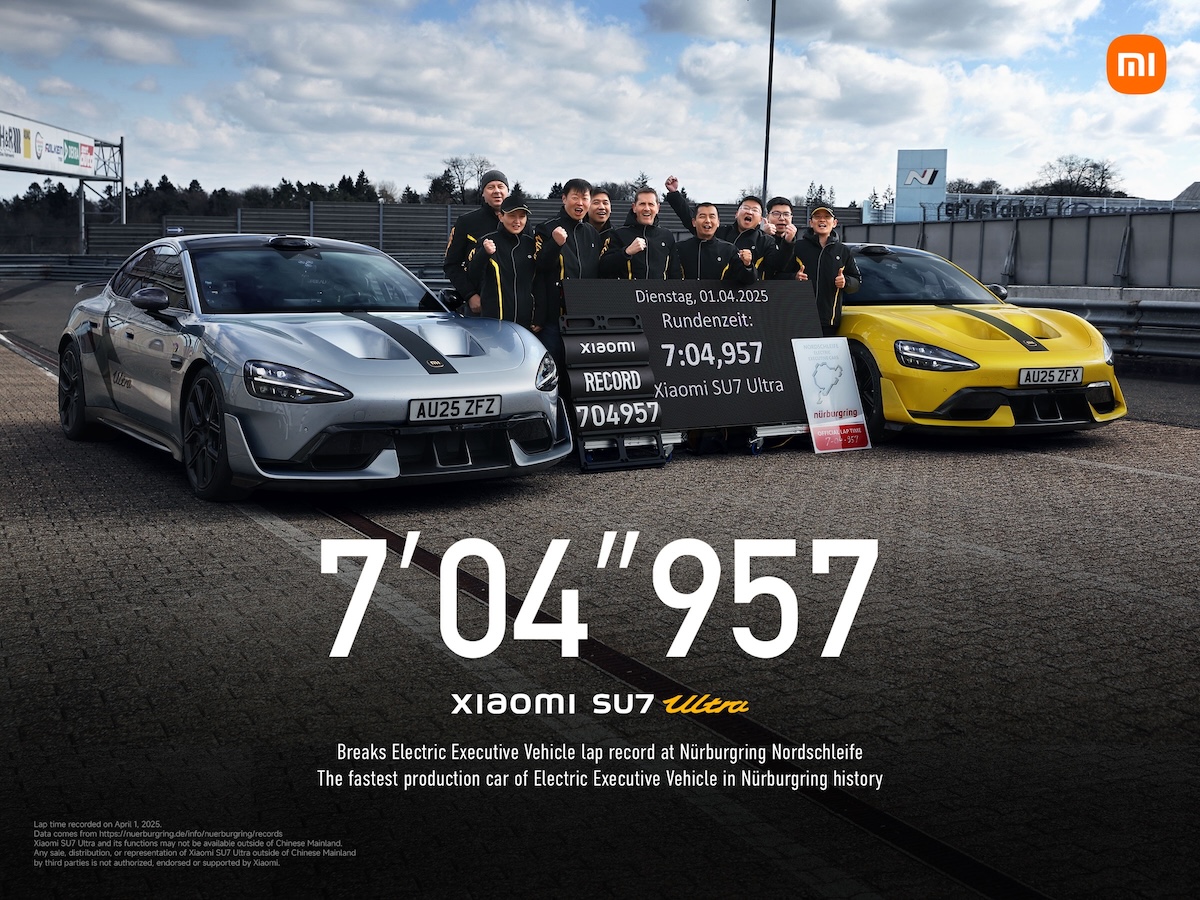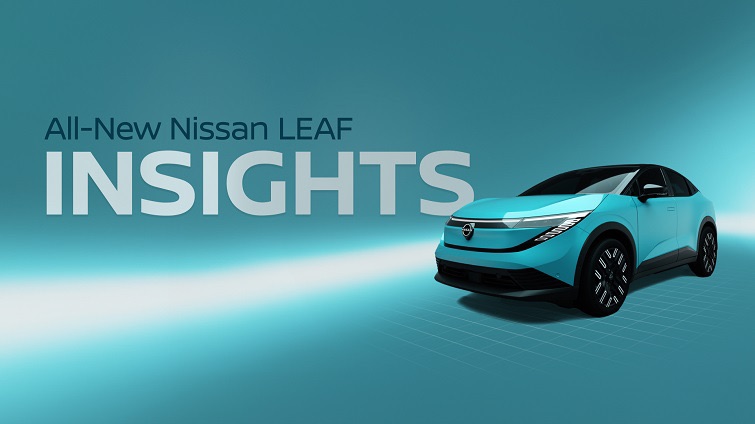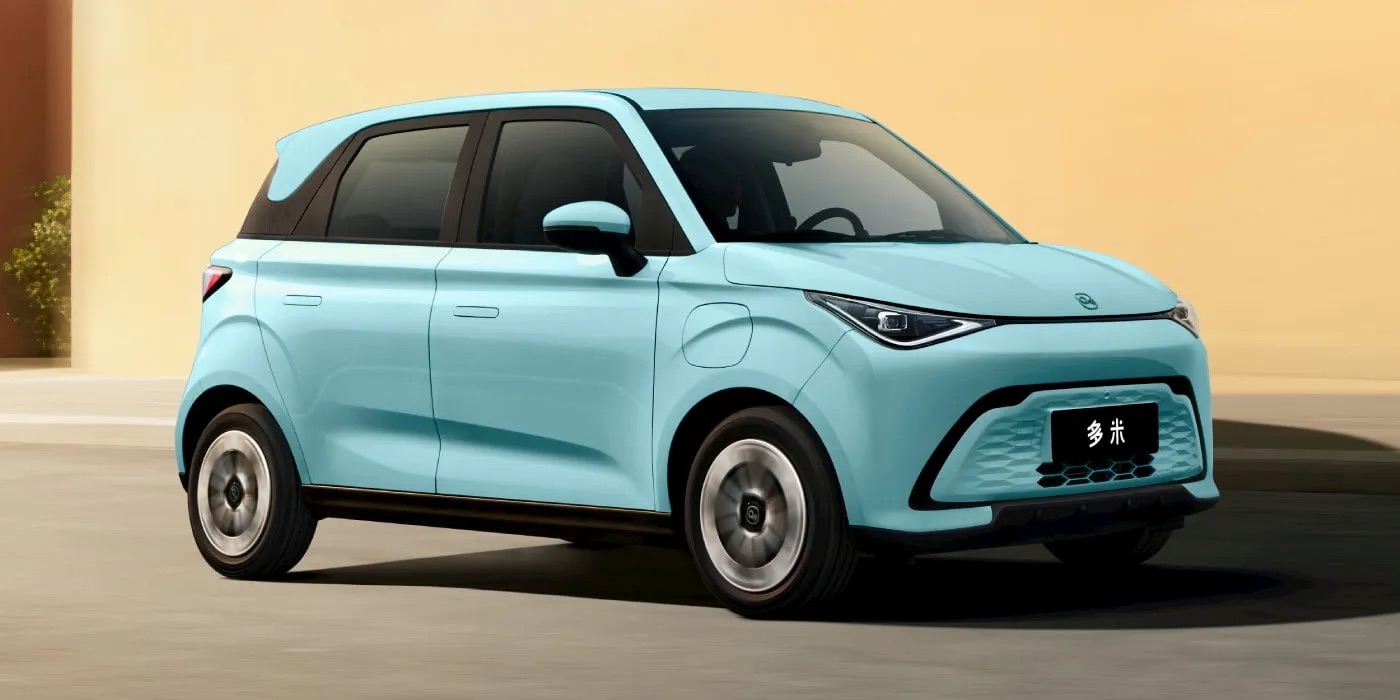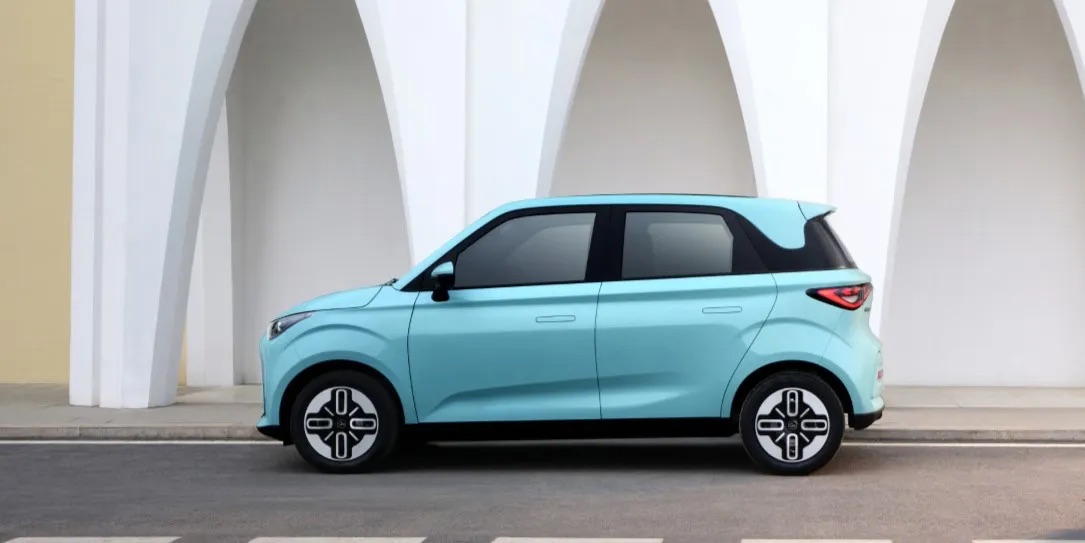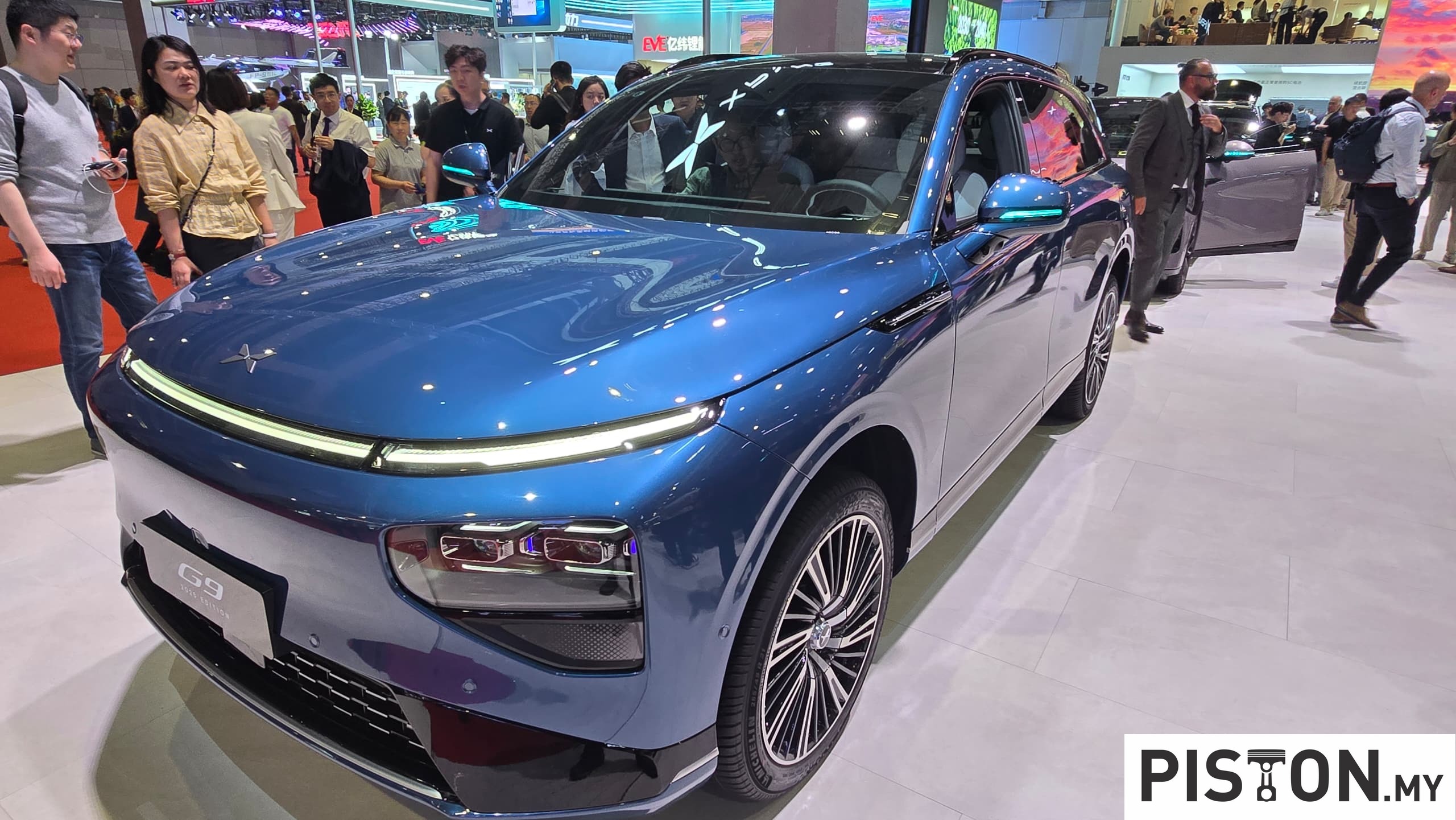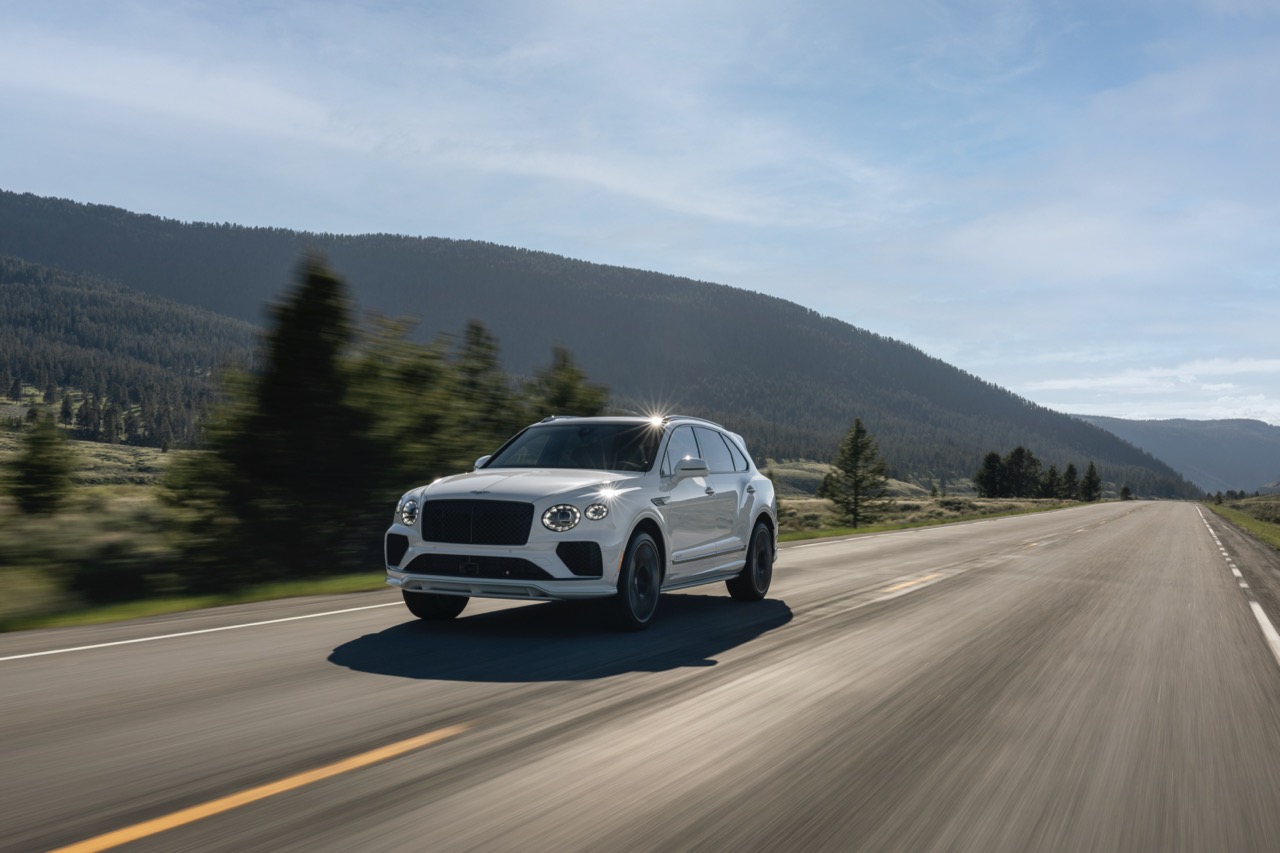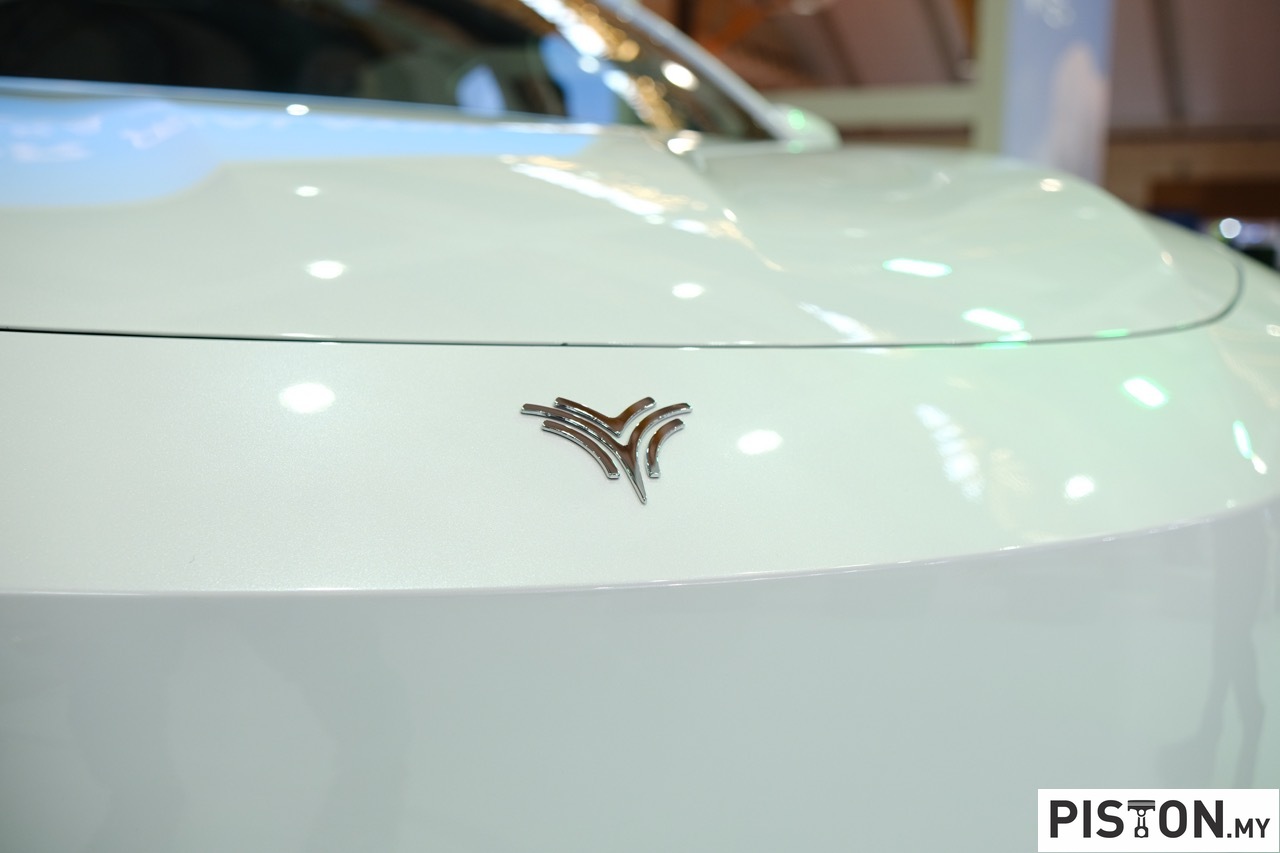Renowned for its unapologetically flamboyant designs and performance enhancements, Mansory has unveiled its latest tuning programme for the new generation hybrid BMW M5. The tuner has tackled the sedan’s dual reputation for speed and substantial weight, introducing a blend of aggressive styling, power upgrades, and subtle weight-saving measures.
Visually, the Mansory-enhanced M5 takes on a much bolder identity. A prominent carbon fibre bonnet with integrated air vents dominates the front, paired with a more pronounced splitter and modified intake trim—all fabricated from carbon fibre to reflect Mansory’s signature material of choice. The front fascia is not only more aggressive but also intentionally dramatic.
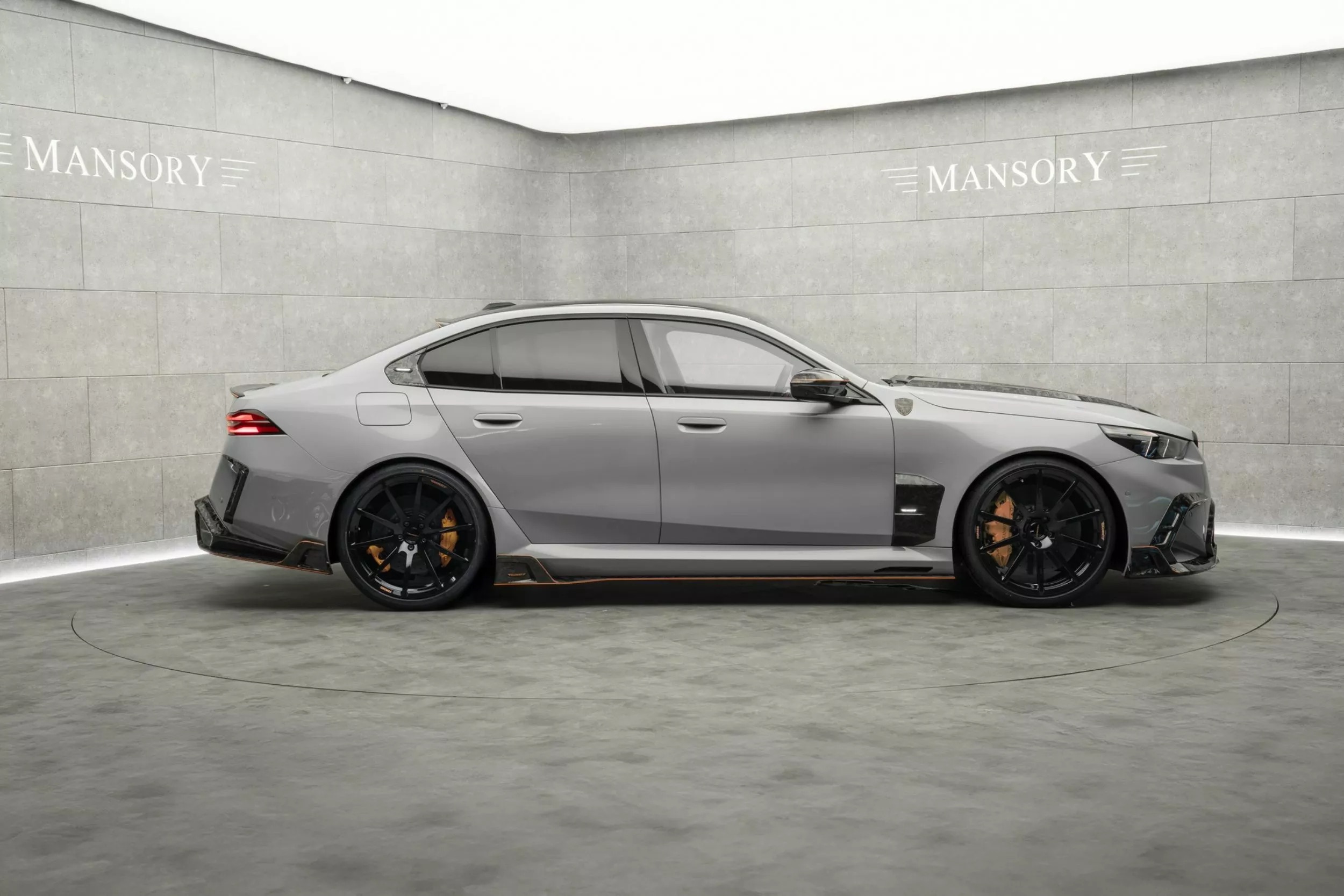
The transformation continues along the side profile. Carbon fibre details extend to the side gills, streamlined side skirts, and mirror caps. For added flair, the vehicle features Mansory’s signature fender shields, evoking a Ferrari-esque influence, contributing to a more exotic visual identity.
At the rear, the M5 is reimagined with an oversized diffuser and a centrally mounted triple tailpipe setup, proudly showcasing the upgraded sports exhaust system. Additional aerodynamic elements include a lip spoiler and a roof-mounted spoiler, both enhancing the sedan’s sporty silhouette. Even the rear reflectors have not escaped attention, now framed in carbon fibre trims that resemble ventilation outlets.
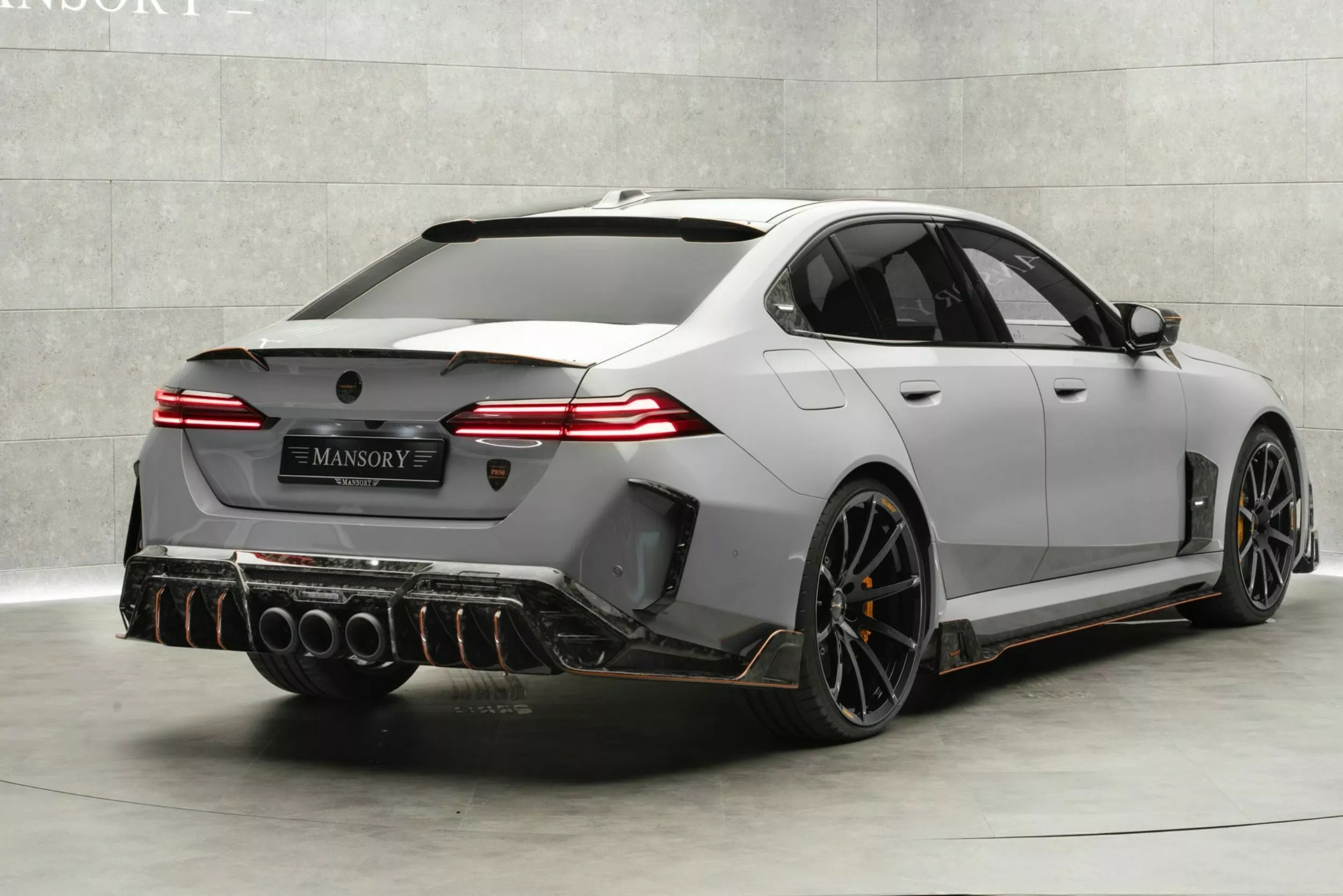
In an effort to counter the M5’s significant 2,445 kg curb weight, Mansory has introduced a set of ultra-light 22-inch forged wheels with a multi-spoke design. Although the tuner has yet to provide concrete figures on the weight reduction, the wheels are expected to offer marginal improvements in performance and handling responsiveness.
Under the bonnet, Mansory has left the M5’s electric motor untouched, opting instead to focus on extracting greater output from the 4.4-litre twin-turbocharged V8 engine. The powerplant now produces a formidable 838hp and 1,150Nm of torque—an increase of 121hp and 150Nm over the standard version. These enhancements are expected to translate into notably sharper acceleration and road presence. The engine bay is completed with a carbon fibre engine cover branded with Mansory’s logo, reinforcing the tuner’s commitment to high-end detailing.
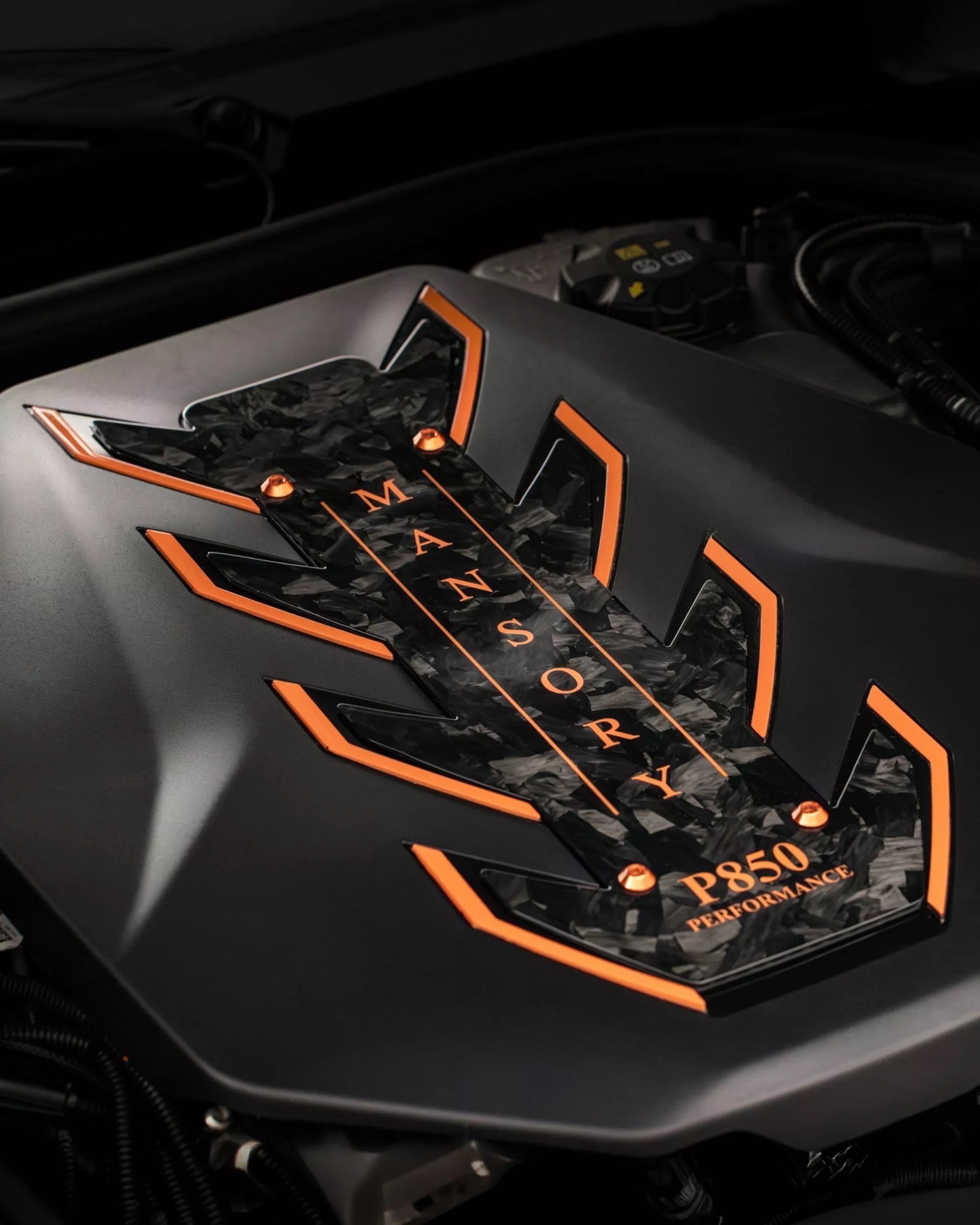
While no updates have yet been confirmed for the chassis or suspension setup, Mansory has hinted at further developments to come, suggesting future upgrades may focus on handling dynamics and ride refinement.
Inside the cabin, Mansory continues its tradition of bold interior makeovers. The reimagined cockpit features a striking black and orange leather upholstery scheme, complemented by bespoke floor mats and sportier pedal covers. The overall theme reflects the tuner’s flair for luxury combined with motorsport-inspired aesthetics.
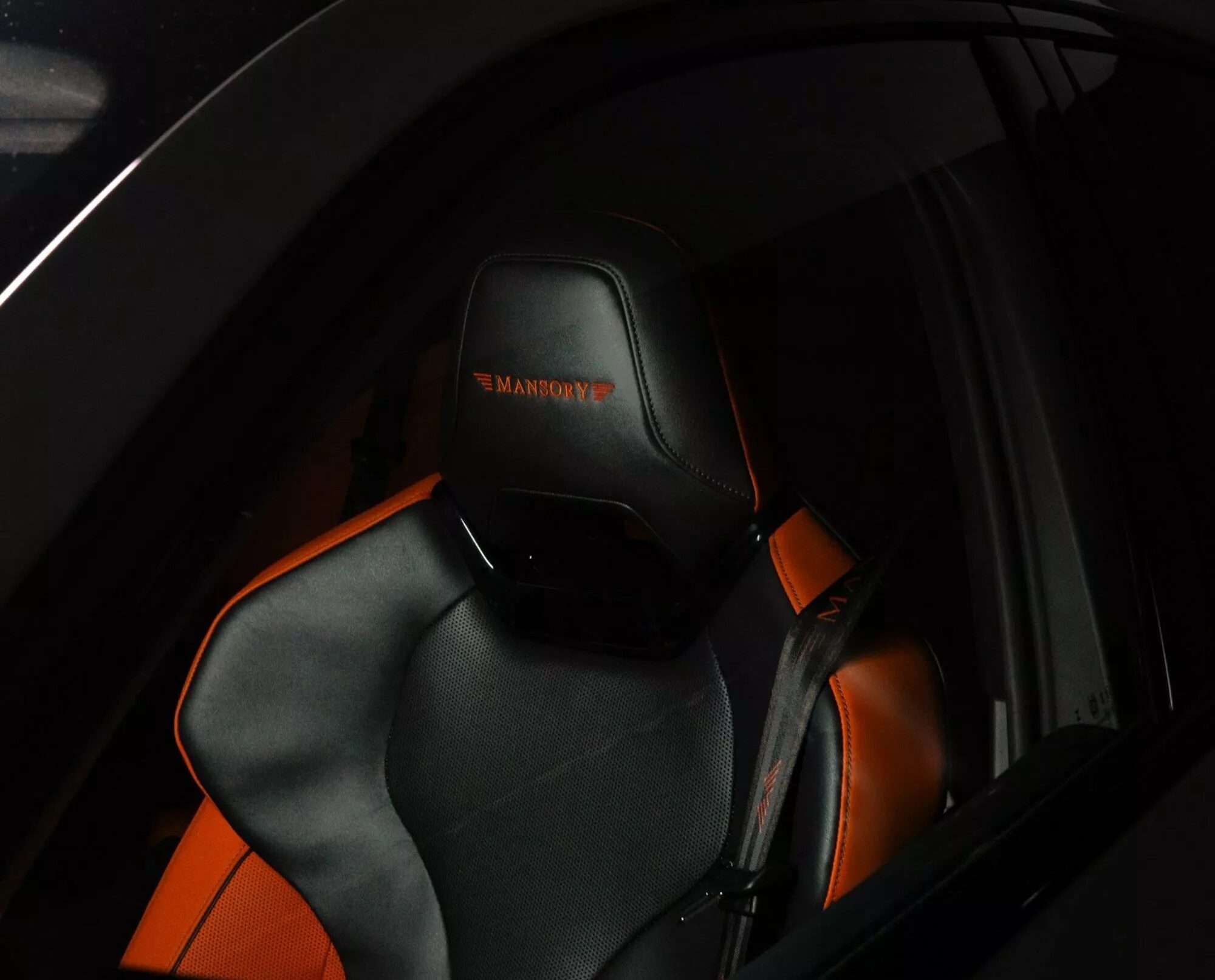
This latest iteration of the BMW M5, reworked by Mansory, brings with it not only a sharper aesthetic and significant performance gains but also reinforces the appeal of personalised, high-performance vehicles in the electrified era. As with all Mansory creations, exclusivity and presence are guaranteed.
Here, BMW Group Malaysia recently launched the BMW M5 at the MY BMW World 2025 exhibition for RM1,188,800.







